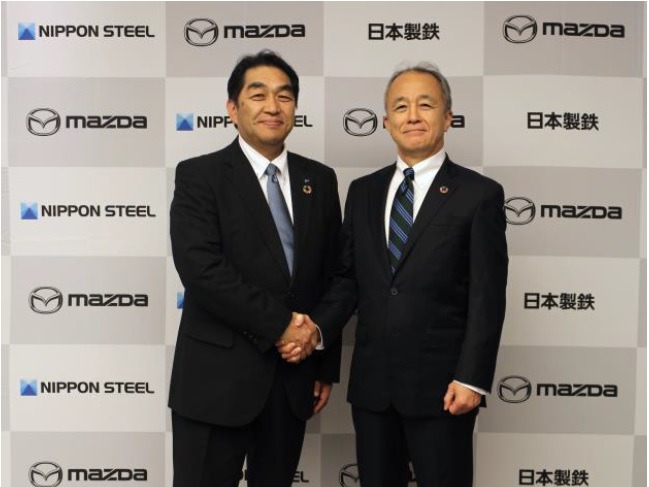Japanese steelmaker Nippon Steel Corporation has announced that, together with Japan-based automaker Mazda Motor Corporation, it has applied the results of their co-creation activities, redefining the traditional relationship between finished vehicle manufacturers and materials suppliers, to the development of the All-New MAZDA CX-5 crossover SUV.

Amid growing challenges in the automotive industry - from electrification and digitalization to environmental targets and geopolitical risks - both companies are pioneering a “new manufacturing” approach based on horizontal collaboration and long-term value creation.
Co-creation drives cost reduction and supply-chain efficiency
Under Mazda’s 2030 Management Policy, the company seeks to build a robust supply chain that eliminates inefficiencies across its production network. By engaging Nippon Steel from the earliest design stages, Mazda was able to optimize its body structure, manufacturing, and procurement processes in a short timeframe.
The collaboration enabled the use of Nippon Steel’s NSafe™-AutoConcept ECO³, its next-generation automotive steel concept, combined with Mazda’s model-based development tools. This resulted in a 10 percent reduction in total steel weight for the new CX-5 while maintaining rigidity, collision safety and driving performance.
Localized sourcing cuts costs and emissions
Mazda and Nippon Steel jointly reviewed steel material selection and logistics routes, opting for a Nippon Steel plant located close to Mazda’s assembly site. The change reduced transportation costs and carbon emissions, streamlined procurement, minimized inventory and geopolitical risks, and enhanced supply stability.
Next phase: expanding co-creation across multiple models
The partners plan to extend their collaboration to additional vehicle models, reinforcing a value chain capable of generating cost efficiencies and technological innovation across Mazda’s product lineup.